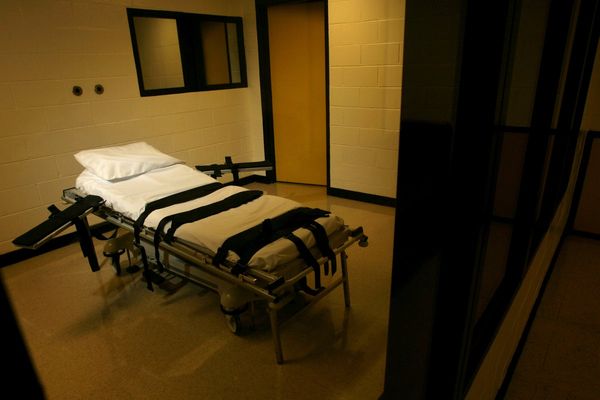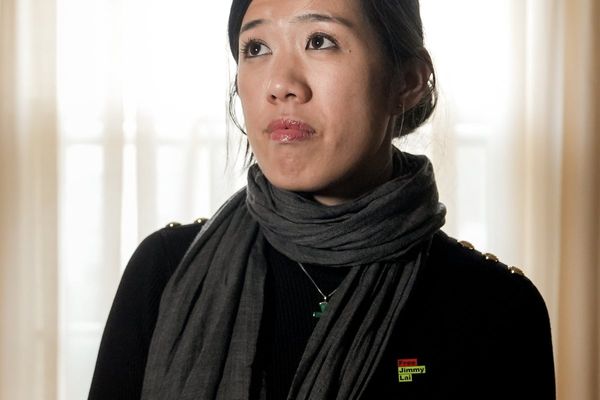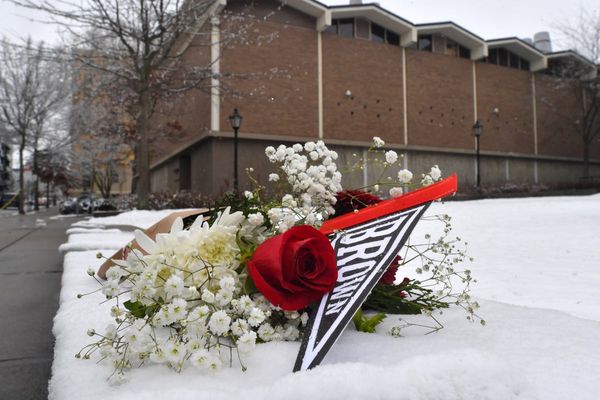
Indonesia is moving its capital from rapidly sinking Jakarta to Nusantara – a new city under construction in the jungles of Borneo.
But the ambitious $32bn project has been stunted by logistical and financial challenges since it was announced by then-president Joko Widodo in 2019, with inauguration originally slated for 2024.
Debate reignited in September when a new government regulation was publicised downgrading Nusantara’s status from “national capital” to “political capital”.
Officials insist it is a commitment to “support the realisation of Nusantara as the political capital in 2028”, but the budget has also been substantially cut by Indonesia’s new president, Prabowo Subianto.
Critics have dubbed Nusantara a “white elephant”, citing failure to attract the private foreign investment needed for 80% of the estimated bill.
Construction remains limited. By mid-2025, only 800ha of the planned 6,600ha core government area had been developed, including a presidential palace shaped like the mythical bird Garuda.
Authorities say the project is in its “second phase” with public transport, housing for civil servants, legislative and judicial buildings under construction.
They aim to have 20% of government buildings and half of housing complete with core infrastructure at 50% capacity by 2028.
With mounting concerns for Borneo’s Indigenous communities and biodiversity due to deforestation, the city’s long term future remains uncertain. It is due to be fully completed by 2045, with a population goal of two million.







